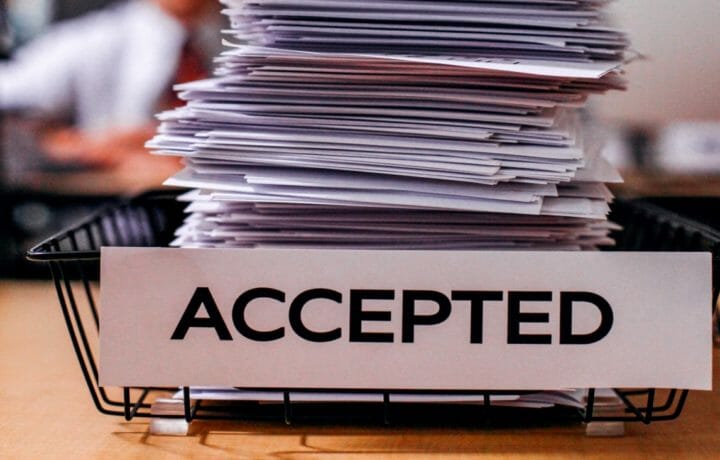William Evanina, Director of the National Counterintelligence and Security Center, testified on security clearance reform progress before the Senate Intelligence Committee in a closed-door hearing Wednesday, January 22.
The National Counterintelligence and Security Center (NCSC), is the lead staff element supporting the DNI’s U.S. Government’s Security Executive Agent (SecEA responsibilities).
Evanina described the tremendous progress they made on eliminating the background investigation backlog, enhancing clearance reciprocity, and improving the security clearance process. He said, “the previous inventory high of 725,000 is now 231,000, which is very close to its normal healthy inventory level, known as “steady target state.” Timeliness of investigations also improved, with a 55 percent improvement on the timeliness of Secret investigations and a 60 percent improvement on the timeliness of Top Secret investigations.”
Following the issuance of SEAD 7 in 2018, the adjudicating agencies will expedite onboarding, meet mission needs and continuity of operations, integrate our federal government, military, and contract workforce who require career mobility, and help eliminate duplicative investigative resources and adjudicative efforts.
Trusted Workforce 2.0 was implemented to transform the current Security, Suitability and Credentialing (SSC) process, and also aims to establish a new government-wide approach to vetting. Draft investigative standards and adjudicative guidelines are expected later this year for 2022, Evanina said.
With Phase One well underway, they are now embarking on Phase Two. A senior-level Executive Steering Group with principals from ODNI, OPM, OMB, DoD, and non-Title 50 (NT50) agencies commenced monthly meetings in July 2018 to make decisions regarding TW 2.0 clearance reforms.
Trusted Workforce 2.0’s streamlined the process to a “one-three-five” framework, which involves one personnel vetting model and three background investigation tiers. Background investigation tiers will be reduced from five to three: Tier 1 being low risk, Tier 2 moderate risk and a secret clearance, and Tier 3 high risk and a top-secret clearance. There will be five vetting scenarios, including initial vetting, where an outsider becomes a trusted federal insider, and continuous vetting.
“While we’ve been hard at work creating this new approach, we have not been working in a vacuum. As I have noted, what we put in place must work not only for the government, but also work for our partners in industry” Evanina said.
The government – industry relationship is key, and he believes this reform is address their concerns, including: Advocating for elimination of periodic reevaluation in favor of continuous evaluation; advocating for us to re-engineer the whole process; advocating for reciprocal treatment of clearances; and advocating for a single, uniform, transparent standard to determine who is trustworthy, including replacing the five-tier structure.
Evanina closed the testimony with “Recognizing that much has been done over the last year and a half to improve the clearance process, with significant successful accomplishments along the way, we must stay laser-focused on continuing to improve and we must complete the TW 2.0 transformation.”



